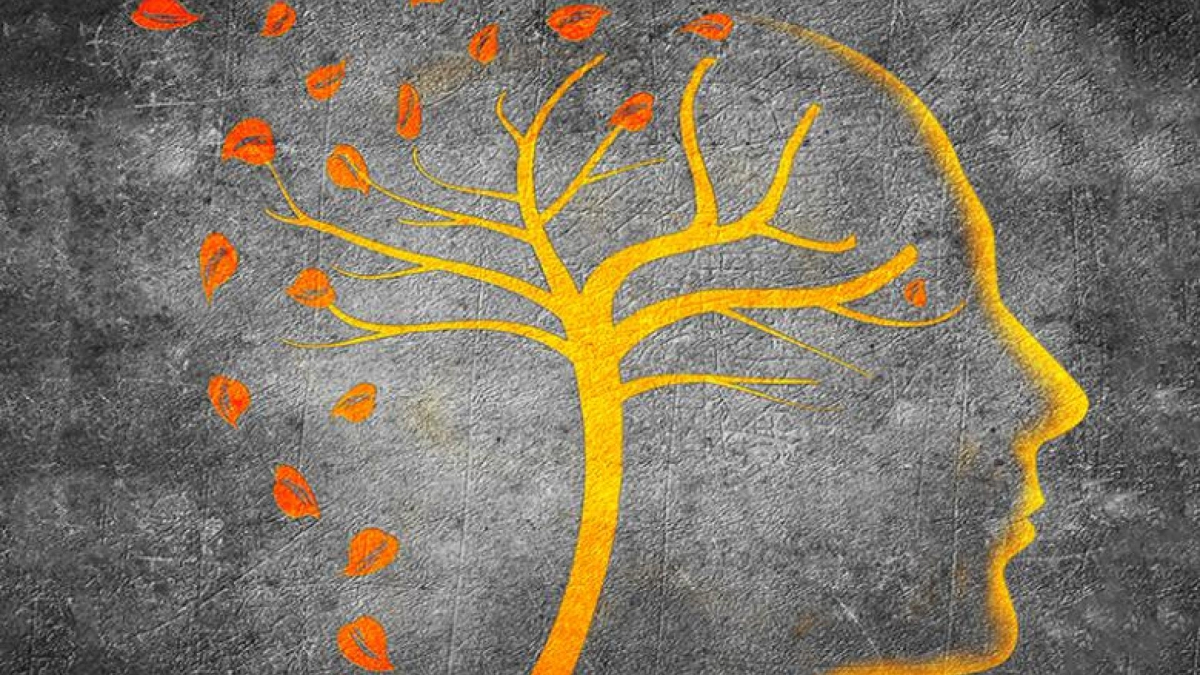
This article defines dementia, describes the most common forms of dementia, including Alzheimer’s disease, and outlines the various treatment options.
Dementia Defined
Brain action, or cognition, involves all the skills we use to get along in the world. Dementia is diagnosed when cognitive skills become impaired to the point that a person can no longer get along independently. The problems that arise from dementia appear in the later years of a person’s life, rather than at birth, like an intellectual disability, for example. Dementia is a loss of cognitive function that interferes with daily living. It may mean having to leave a job or becoming unable to continue activities that previously were enjoyable and meaningful.
Six Checkpoints
Clinicians look at six areas of cognition when diagnosing dementia, where one or more of these cognitive skills are very impaired:
- Complex attention refers to the ability to sustain focus and switch between tasks.
- Learning and memory, which includes recall of recent and more remote events as well as of how to do things.
- Executive function refers to skills, for example, that enable people to plan, organize, remember things, prioritize, or pay attention to tasks.
- Language includes both expression and understanding in spoken and written forms.
- Perceptual-motor function is the ability to understand such things as shapes, locations, and directions.
- Social cognition is the ability to recognize the meaning of others’ facial expressions and behavior so that we can interact successfully.
Dementia is a condition or syndrome, not just a single disease. The current diagnostic term for dementia is major neurocognitive disorder, but the word “dementia” won’t be going away soon.
Alzheimer’s Disease
There are many causes of dementia, and Alzheimer’s disease is the most common by far in the United States and many other countries. Alzheimer’s disease can be suspected clinically, and certain brain scans and other tools can almost make the diagnosis a certainty. However, Alzheimer’s disease is ultimately diagnosed by microscopic examination of brain tissue after death. There are hallmark biological signs called plaques and tangles in Alzheimer’s disease, which represent damage outside and inside brain cells and make the diagnosis clear. After Alzheimer’s disease, the next most common dementias are vascular dementia and dementia with Lewy bodies.
Vascular Dementia
Vascular dementia develops when the brain is deprived of oxygen and nutrients by disease of either large or small blood vessels. It can look different from Alzheimer’s disease because the failure of large blood vessels may result in strokes, which cause symptoms that are found with the destruction of specialized brain areas. Problems with mental slowness and recall, along with difficulties affecting language, walking, or urination, may suggest a vascular cause of memory problems. The memory problems themselves are different in vascular dementia because they represent slowed retrieval of information, rather than memory loss.
Dementia with Lewy Bodies
Dementia with Lewy bodies looks like a combination of some features of Alzheimer’s disease and Parkinson’s disease. Cognitive problems begin before or shortly after the motor symptoms. A person with Lewy body dementia has more emotional and cognitive ups and downs, and more falls, sleep problems, and visual hallucinations than someone with Alzheimer’s disease.
Frontotemporal Lobar Dementia
Less common but still important to distinguish is frontotemporal dementia (FTD). Diagnosis of this dementia can be confusing because sometimes it appears with changes in language or changes in behavior. These changes, which can be very obvious, can hide a simultaneous memory problem.
Sometimes, FTD is mistaken for depression, mania, personality disorder, or a substance abuse problem because of behavioral disturbances. Treatment for FTD is in some ways different from treatment of Alzheimer’s disease, another reason for distinguishing these from each other.
Other Causes of Dementia
There are many other causes of dementia, including infections like HIV, prion diseases such as Creutzfeldt-Jakob disease, head trauma, Parkinson’s disease, Huntington’s disease, and others. Some dementia-like conditions are treatable or even reversible, including some sleep disorders, some hormonal diseases, depression, and having a bad reaction to medications.
Diagnosis
A clinical examination to determine whether dementia is present should include a careful discussion of the patient’s medical history and the development of symptoms, an examination of memory and other cognitive skills, a physical examination, blood tests, and neuroimaging. Special additional tests, such as an electroencephalogram to record the electrical activity of the brain, may be required when there are indications that one of the more unusual causes of dementia might be present.
Treatment
Presently, medication treatments for dementia are limited. Most available therapies treat symptoms associated with dementia. However, progress is being made towards bringing more disease-modifying therapies to market.
Approved Medications
Different classes of medications are available for treating people with Alzheimer’s disease. Some treat only the symptoms, while newer medications are considered disease-modifying because they slow the progression of Alzheimer’s.
For dementia problems that are not cognitive or behavioral, there are limited options to treat symptoms. For example, the combination of dextromethorphan and quinidine has been approved in treating “pseudobulbar affect,” an unstable emotional state. This state is characterized by uncontrollable episodes of crying and/or laughing.
Off-Label Medications
For other behaviors such as aggression, depression, anxiety, and insomnia, many medications are used “off-label.” This means that the FDA has not determined the medication to be safe and effective for treating dementia, even though some research may suggest that the medication can help. These therapies may have also been proven safe and effective in humans for other uses.
Antidepressants or antipsychotics are off-label treatments for depression and psychosis, respectively. Antidepressants can sometimes help patients; however, antipsychotics are often avoided due to their recognized side effects, risks, and limited effectiveness in this role. Presently, Nuplazid, an antipsychotic, has been approved for treating psychosis in Parkinson’s disease and may be used off-label in people with dementia.
The medications that have been approved by the FDA for Alzheimer’s disease are also sometimes used to treat vascular dementia or Lewy body dementia, where they also can have mild benefits. Their effect on FTD is less predictable.
Many other drugs are being tested at present for the treatment of dementia. Perhaps before many years have passed, we will have more medications to treat, delay, or even cure some of these disorders.
Non-Medication Treatments
There are alternative treatment options that can be helpful for people living with dementia. Support groups and other forms of education or therapy can help a person adjust to their diagnosis or that of a loved one. Planning ahead is very important and requires discussion of difficult topics such as when to give up driving, how to make the living environment safe and usable, what to do about financial matters, and what treatments are acceptable near the end of life. For people with non-cognitive behavior problems, the “DICE” model (Describe, Investigate, Create a plan, and Examine its effect) and other behavioral interventions have been helpful.
About BrightFocus Foundation
BrightFocus Foundation is a premier global nonprofit funder of research to defeat Alzheimer’s, macular degeneration, and glaucoma. Since its inception more than 50 years ago, BrightFocus and its flagship research programs—Alzheimer’s Disease Research, Macular Degeneration Research, and National Glaucoma Research—has awarded more than $300 million in research grants to scientists around the world, catalyzing thousands of scientific breakthroughs, life-enhancing treatments, and diagnostic tools. We also share the latest research findings, expert information, and resources to empower the millions impacted by these devastating diseases. Learn more at brightfocus.org.
Disclaimer: The information provided here is a public service of BrightFocus Foundation and is not intended to constitute medical advice. Please consult your physician for personalized medical, dietary, and/or exercise advice. Any medications or supplements should only be taken under medical supervision. BrightFocus Foundation does not endorse any medical products or therapies.
- Disease Biology
- Treatments








